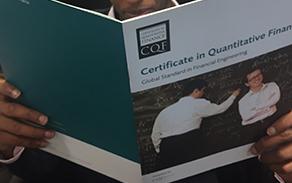What is a Coherent Risk Measure?

In quantitative finance, a coherent risk measure is a concept used to assess and quantify risk in a consistent and mathematically sound manner. It provides a framework for measuring and managing risk that aligns with certain desirable properties and principles, which are essential for ensuring that risk assessments are both reliable and intuitive.
A risk measure is defined as coherent if it satisfies the following four properties:
Monotonicity: If one portfolio always results in worse outcomes than another, its risk should be assessed as higher.
Sub-additivity: Diversifying investments should not increase risk; the risk of a combined portfolio should be less than or equal to the sum of the risks of the individual portfolios.
Positive Homogeneity: Scaling a portfolio by a positive factor should scale its risk by the same factor.
Translation Invariance: Adding a risk-free asset to a portfolio should reduce the portfolio's risk by the amount of the risk-free asset.
Examples of coherent risk measures commonly used in quantitative finance include:
Value at Risk (VaR): VaR is a statistical measure that estimates the maximum potential loss of a portfolio over a specific time period at a given confidence level. Although VaR is widely used, it is not always coherent because it can fail to satisfy the sub-additivity property.
Conditional Value at Risk (CVaR): Also known as Expected Shortfall (ES), CVaR is a risk measure that considers the average loss occurring beyond the VaR threshold. CVaR addresses some of the limitations of VaR and is considered a coherent risk measure.
Tail Value at Risk (TVaR): Similar to CVaR, TVaR focuses on the tail end of the loss distribution, providing insights into extreme losses. It is particularly useful for understanding and managing risk in extreme market conditions.
These risk measures are widely employed in various applications, including risk management, portfolio optimization, and regulatory frameworks. For instance, financial institutions use CVaR to safeguard against extreme market movements and ensure they hold sufficient capital reserves. Portfolio managers leverage these measures to construct and rebalance portfolios that align with investors' risk appetites.
By utilizing coherent risk measures, financial institutions and investors can better quantify and manage risk in a consistent and robust manner. This, in turn, enables more informed decision-making and effective risk mitigation strategies, ultimately fostering financial stability and resilience.




